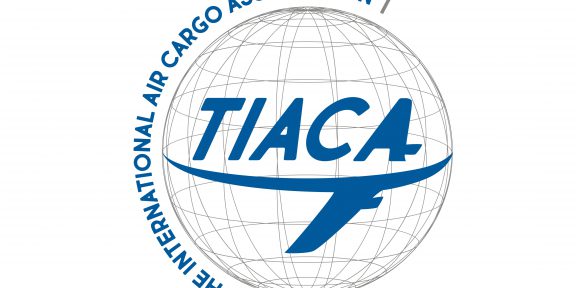GBS Africa releases highly requested report on East African Ports’ competition
July 12, 2022 Nairobi Kenya// GBS Africa, the leading African-led advisory services firm supporting flows of trade and investment into the African continent, has released a latest report on East African Ports competition that is escalating as Indian Ocean trade market share increases.
From the Horn of Africa on the strategic Red Sea to the buoyant ports of Mozambique, East Africa’s ancient “Swahili Coast” provides a logistical nexus between Africa’s massive population centres and other continents.
Foreign direct investment is driving expansion and rehabilitation of existing seaports, while entirely new facilities are also being rolled out. Ports that shun partnerships with experienced foreign investors are set to lose out as competition for market share intensifies.
One of the flagship infrastructure projects identified by the Government in Kenya Vision 2030 is the development of a new transport corridor linking a new and modern Port of Lamu with Garissa, Isiolo, Maralal, Lodwar and Lokichogio and branching at Isiolo to Moyale at the border with Ethiopia and proceeding to the border with Southern Sudan. The facilities at Lamu port once complete will lead to creation of substantial job opportunities that covers not only direct jobs related to the Port operation but also indirect jobs of all fields (Agriculture, fishery, manufacturing, logistics, transport, trade, commerce, etc.) No tender has yet been issued for the management of this port.
The Port of Lamu has had its benefits of being the only port in the Eastern part of Africa that serves as a trans-shipment port. Owing to its depth the port can accommodate the big container ship. Small ships have now started calling into the Lamu port for onwards transhipment to other ports of the world. This has many benefits mainly proximity to transhipment port. So the containers move much faster. Secondly, they avoid the time to get
to Salalah Port in Oman. The port of Salalah is the biggest port in the Arabian Peninsula and most ships in Eastern Africa use this port for most transhipment both in and out bound. This potentially put Salalah in direct competition to Lamu. However, Kenya must take a bolder step to market the port so that scheduled cargo are directed to Lamu. The second and bigger plan is utilization of the port is for cargos headed to the Southern part of Ethiopia and South Sudan again the route will be fully utilized once the roads and rail connecting the two countries are developed.” By Anthony Kariuki, GBS Africa
The East African Ports report provides an overview of the competition for Indian Ocean Trade market share and should be read by all interested in the challenges and opportunities within the region.
“For the continent to be fully integrated and for the vision of the Africa Free Continental trade agreement to be fully achieved, we must invest in Africa’s logistics sector, this will facilitate ease of movement of goods and services. It is therefore important to have predictable policies to attract investments in this sector’’ says Agnes Gitau, Managing Partner, GBS Africa.





